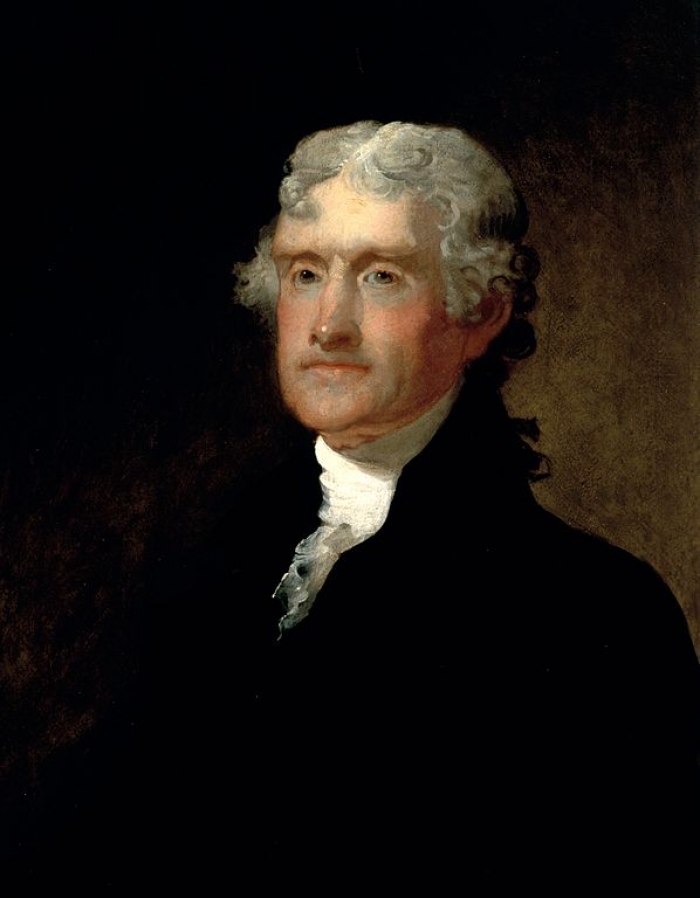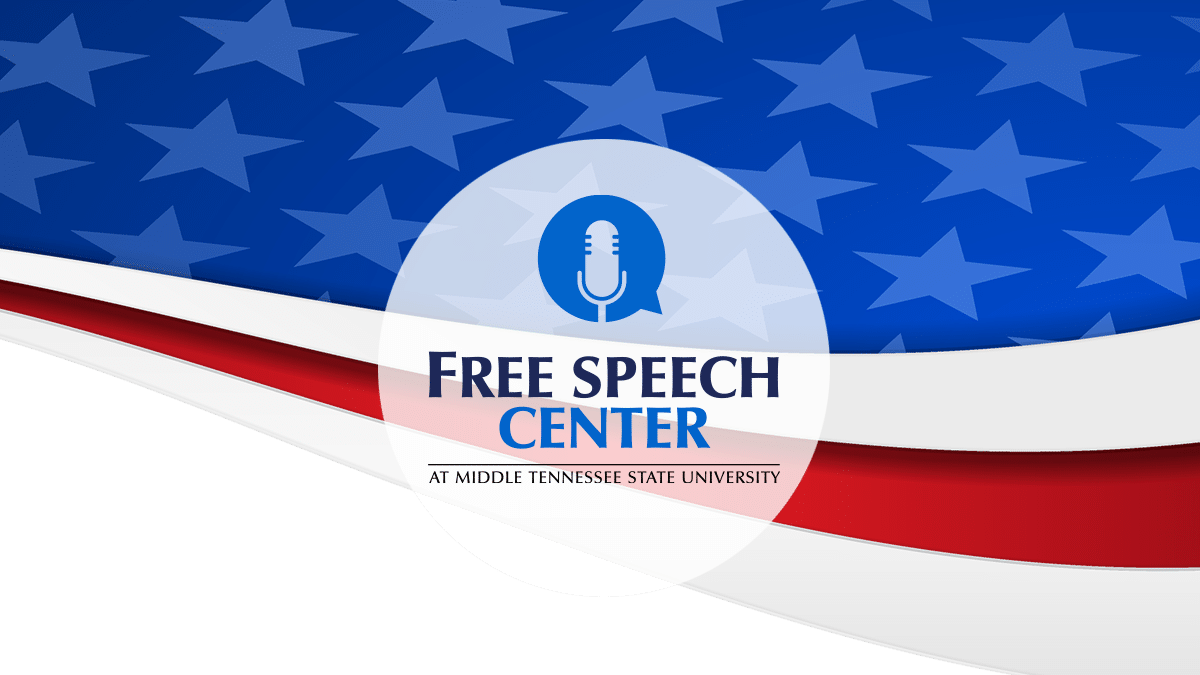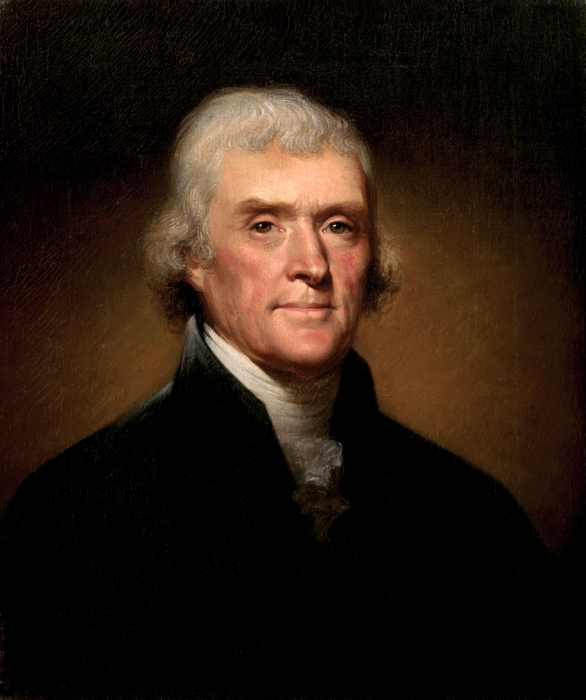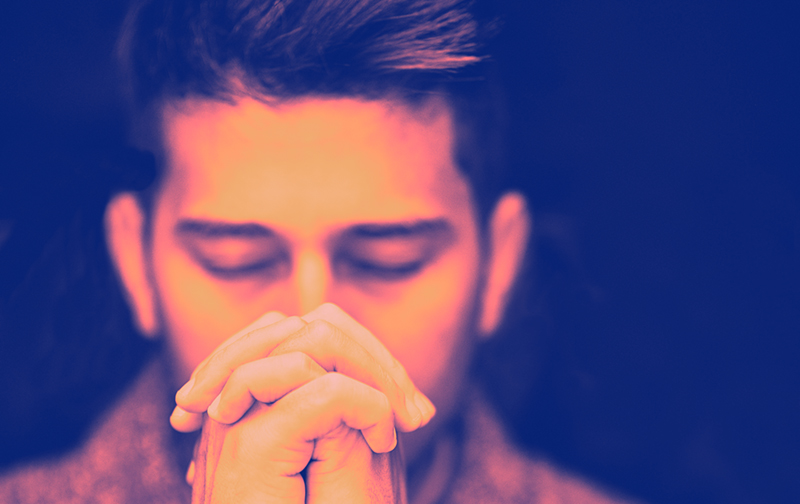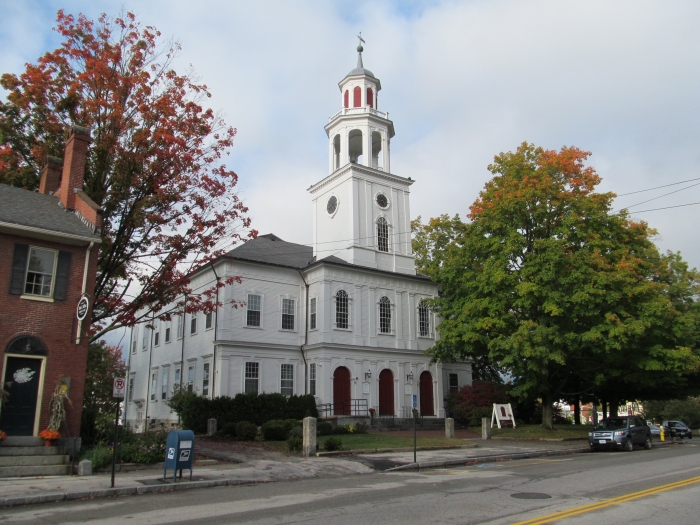Virginia Statute for Religious Freedom | The First Amendment Encyclopedia
The 1786 Virginia Statute for Religious Freedom was the driving force behind the religious clauses of the First Amendment of the U.S. Constitution, ratified in 1791.| The Free Speech Center
